Introduction
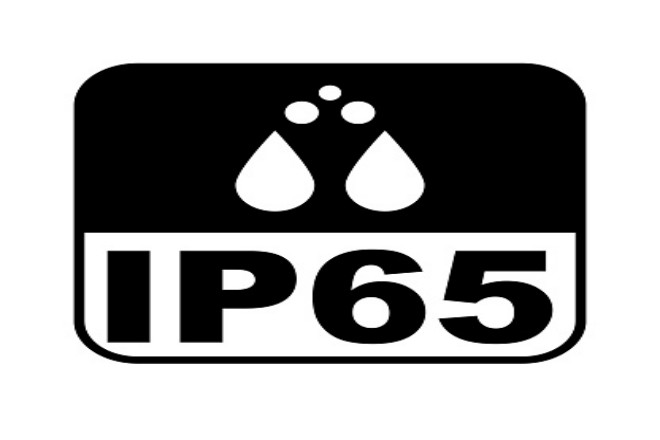
Outdoor LED screens have become part of the urban landscape. How do they resist the invasion of dust and moisture and ensure stable operation? This involves the IP65 protection level. But do all outdoor LED screens meet this standard? Next, we will explore this issue in depth.
1. What is the IP65 protection level?
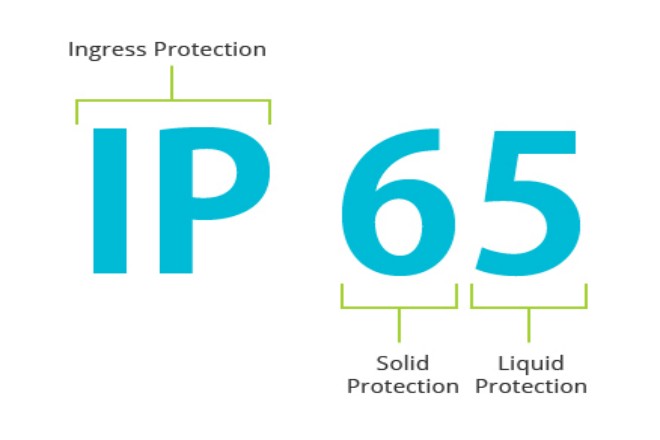
1). IP65 is not just a combination of numbers
Imagine that your outdoor LED screen is like a baby TV at home, but it has to face more than just the dust in the living room and the occasional splash of water. It has to stand its ground in the wind, rain, and dusty environment. At this time, the IP65 protection level becomes its superhero cape.
IP is the abbreviation of Ingress Protection, which simply means “protection.” The 65 at the end is a combination of two numbers. The first 6 represent the dustproof level, which is so high that it can be called “dust-tight,” which means that dust wants to get in.
No way! The second 5 is the waterproof level, which means that no matter which direction the low-pressure water jet is from, it can’t stop it from continuing to shine. Of course, this does not mean that it can dive, but it can withstand rain, splashes, etc.
- . “Bodyguard” of outdoor equipment
For outdoor equipment, IP65 is like a personal bodyguard, allowing the equipment to be safe and sound in harsh environments. Imagine the scorching sun in summer, the cold wind in winter, the occasional rainstorm, and the ubiquitous dust.
These may be fatal blows to ordinary equipment, but for equipment with IP65 protection, it is just a piece of cake. In this way, the equipment is not only more durable but also greatly reduces the maintenance cost. After all, one less repair means saving money.
3). “Right demand” of outdoor LED display screens
When it comes to outdoor LED display screens, it is inseparable from the protection of IP65. First of all, the display effect is the key. The outdoor light is complex, the display screen must be bright enough, and the color must be accurate.
IP65 ensures that the internal circuits and components are not interfered with by the outside world so that the display screen can maintain the best condition in any weather, allowing the audience to see clearly and enjoy it.
In addition, outdoor LED display screens are a long-term investment, and no one wants to replace them every now and then. The IP65 protection level is like putting a bulletproof vest on display, making it more durable and naturally longer in service life. In this way, it not only saves money but also saves worry.
2. What is the current status of IP65 LED display screens on the market?
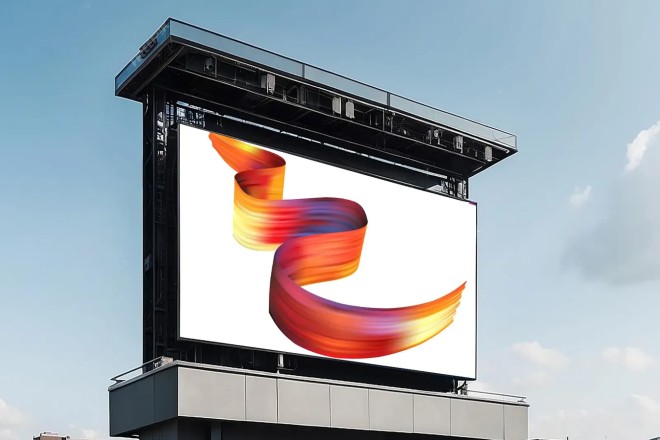
1). Investigate the current status of the protection level of outdoor LED display screens on the market
With the continuous advancement of technology and the diversification of market demand, the protection level of outdoor LED display screens has received more and more attention. As one of the common protection levels of outdoor LED display screens, IP65 occupies an important position in the market.
At present, the protection level of outdoor LED display screens on the market is generally high, among which IP65-rated products are particularly common.
The IP65 level means that the display screen has dual protection capabilities of dustproof and waterproof, which can effectively resist adverse factors such as dust and rain in the outdoor environment, ensuring the normal operation and long life of the display screen.
This protection level has become the “standard configuration” of outdoor LED display screens and is widely used in advertising media, stadiums, traffic guidance, stage performances, and other fields.
2). Wide application of IP65 in outdoor LED display screens
Speaking of the application of IP65 in outdoor LED display screens, it is really a “feast.” It is like an omnipresent “guardian angel,” guarding the “safety” of every display screen.
Those high-hanging billboards can keep the pictures clear and bright regardless of wind, sun, or rain. Behind this, the IP65-rated display screen has made an indelible contribution. It allows the advertising content to “shine” in any environment and attract the attention of passers-by.
In the venues of large-scale sports events, LED display screens are the “bridge” for transmitting game information. IP65-rated display screens can accurately display the wonderful moments of players and real-time score updates to the audience. Even if the inside and outside of the venue are dusty, or it suddenly rains, it will not affect the audience’s viewing experience at all.
- Transportation hubs:
In crowded places such as airports and railway stations, LED display screens are important tools for providing information. IP65-rated display screens can clearly and accurately display flight information and train timetables to passengers.
Even if the crowds are surging and dust is flying, the display screen can be “as stable as an old dog” to provide passengers with timely and accurate information.
- Outdoor stage performances:
In outdoor stage performances such as concerts and music festivals, LED display screens are an “artifact” that creates an atmosphere. IP65-rated display screens, whether it is a gorgeous background picture or a shocking special effect display, can immerse the audience and enjoy a visual and auditory feast.
Even if the performance scene is “turbulent,” the display screen can remain “calm” and bring a wonderful visual experience to the audience.
3. Are there outdoor LED displays that are not IP65?
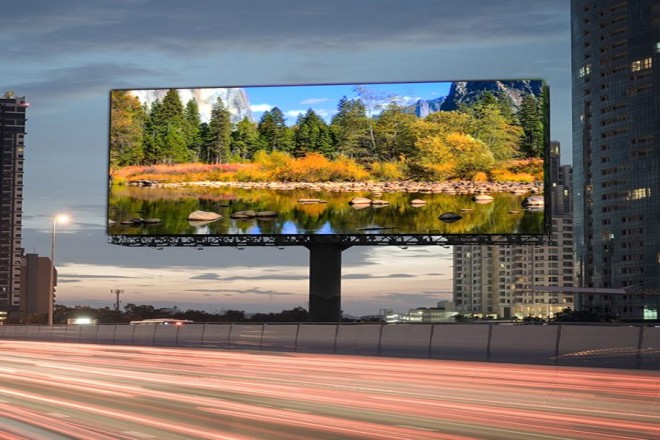
1). Other protection levels on the market
In addition to IP65, the common outdoor LED display screens on the market also include IP66, IP67 and IP68. These levels have different focuses on dustproof and waterproof performance, providing users with more choices.
- IP66:
Compared with IP65, IP66 is more outstanding in waterproof performance. It can not only withstand strong water spray but also effectively prevent dust from entering.
Therefore, IP66-rated outdoor LED displays are more suitable for use in environments with abundant rain or more dust.
- IP67:
IP67-rated outdoor LED display screens have a further improvement in waterproof performance and can maintain normal operation in the case of short-term immersion in water. This gives it a unique advantage in some special application scenarios (such as near rivers or coastal areas).
- IP68:
As the “leader” in protection levels, IP68-rated outdoor LED display screens have reached extremely high levels in dust and waterproof performance. It can completely prevent dust from entering and can maintain normal operation under conditions of continuous immersion in water. Therefore, IP68-rated outdoor LED display screens are more suitable for use in extremely harsh environments.
2). Reasons and considerations for choosing non-IP65 protection levels
Users choose non-IP65 protection level outdoor LED display screens mainly based on the following considerations:
- Environmental factors:
Different application scenarios face different environmental challenges. For example, in areas with abundant rain, users may prefer to choose IP66 or IP67-rated display screens with better waterproof performance, while in dusty environments, IP66 or IP68-rated display screens can better meet dustproof requirements.
- Cost factors:
There are differences in cost for outdoor LED display screens with different protection levels. Generally speaking, the higher the protection level, the higher the cost of the display. Therefore, users need to find a balance between protection level and cost when choosing.
- Special needs:
In some special application scenarios, users may have special protection needs for the display. For example, in an environment that requires long-term immersion in water, an IP68-rated display may be the only choice.
4. How do you choose the protection level suitable for your outdoor LED display?
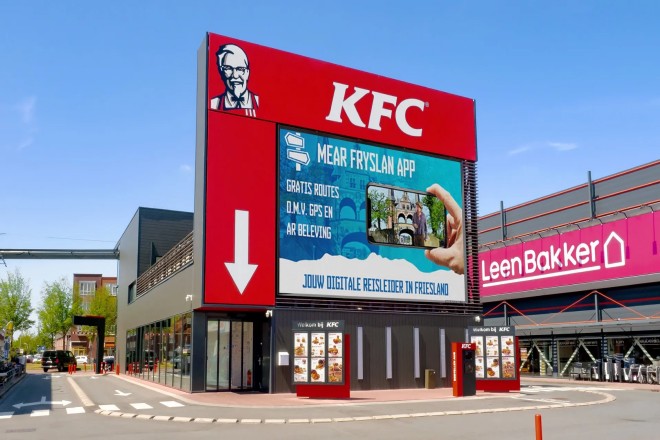
When choosing an outdoor LED display, the protection level is a crucial consideration. Although IP65 is popular for its excellent dust and water resistance, blindly pursuing IP65 is not necessarily the wisest choice.
In fact, choosing the right protection level according to actual needs and environmental conditions is the key to ensuring the long-term and stable operation of the display. The following is a practical guide to help you make a wise decision.
1). Understand environmental characteristics
- Climate conditions:
Investigate the climate characteristics of the installation site, including annual precipitation, humidity, and the frequency of extreme weather (such as heavy rain and snowstorms). If the environment is humid or rainy, choose a level with stronger waterproof performance, such as IP66 or IP67.
- Dust pollution:
Assess the degree of dust pollution around the installation site. If the environment is dusty, such as near construction sites or in desert areas, dust resistance is also important. In this case, IP65 or higher-rated displays are more suitable.
- Temperature range:
Consider the temperature range that the display will withstand. Extremely high or low temperatures may affect the performance and life of the display.
2). Clarify usage requirements
- Continuous operation time:
If the display needs to run 24 hours a day, the requirements for stability and durability are higher, and you may need to choose a display with a higher protection level.
- Maintenance convenience:
Consider the difficulty of cleaning and maintaining the display. Although a high-protection-level display is more durable, it may also mean that cleaning and repair are more complicated.
- Budget considerations:
The higher the protection level, the higher the cost. It is wise to control the budget reasonably while meeting the needs.
3). Avoid blindly following trends
- Don’t be superstitious about IP65:
Although IP65 is a widely recognized protection level, it is not the best choice in all cases. Depending on the specific environment and usage conditions, IP66, IP67, or even IP68 may sometimes be more suitable.
- Comprehensive consideration of cost performance:
While pursuing a high protection level, you should also consider factors such as the overall performance, brightness, color performance, and after-sales service of the display to ensure that you buy a cost-effective product.
4). Consult professionals
- Seek professional advice:
If you are confused about the choice of protection level, you may wish to consult a professional manufacturer or installer of an outdoor LED display. They have rich experience and expertise and can provide you with personalized advice based on your specific needs and environmental conditions.
Conclusion
In summary, not all outdoor LED displays are IP65 protection level. The actual environment and needs must be considered when choosing. In the future, with the advancement of technology, the protection of outdoor LED displays will be more advanced, bringing us a better visual experience.
Finally, if you want to know more about LED displays, please get in touch with us.
